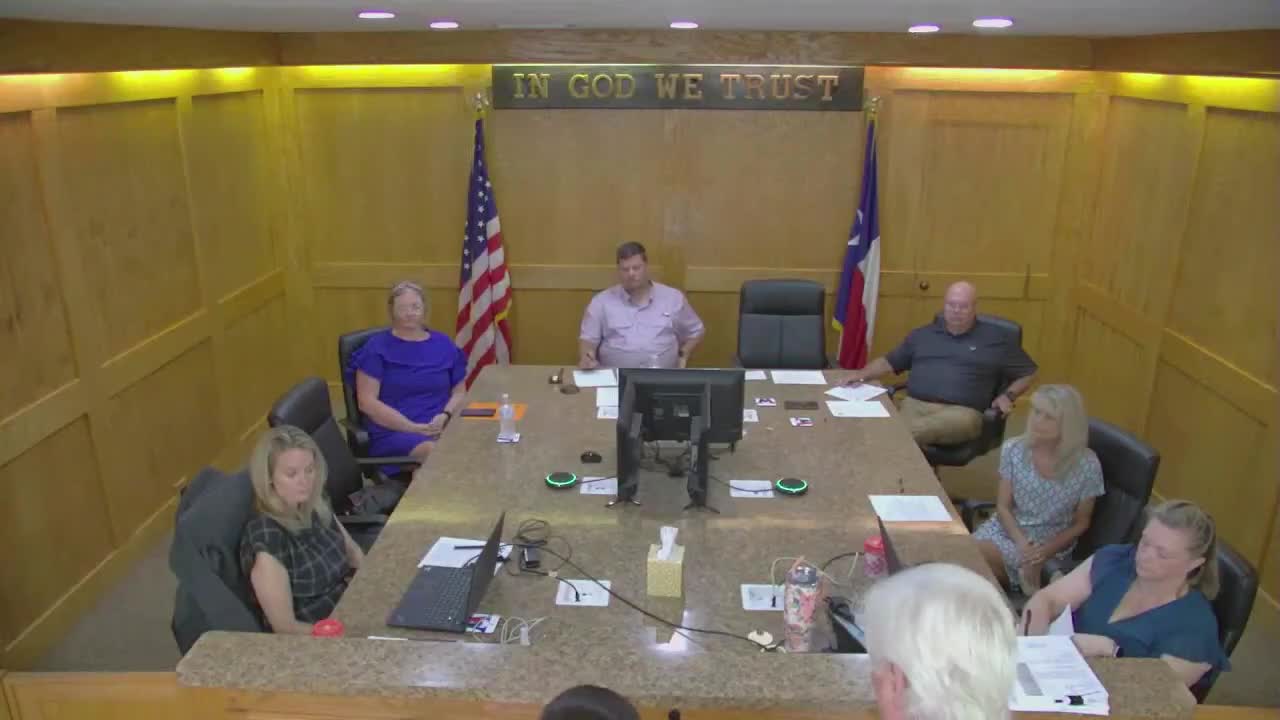Mockingbird Place residents oppose rezoning plans citing safety and property value concerns
June 18, 2025 | Whitehouse, Smith County, Texas
This article was created by AI summarizing key points discussed. AI makes mistakes, so for full details and context, please refer to the video of the full meeting. Please report any errors so we can fix them. Report an error »

In the heart of Whitehouse, Texas, a gathering of concerned residents filled the city hall, their voices echoing the deep-rooted values of community and safety. The Planning and Zoning Meeting on June 17, 2025, became a platform for passionate discussions about a proposed rezoning that could dramatically alter the landscape of Mockingbird Place.
As the meeting unfolded, residents expressed their fears about the potential influx of new families and the impact it would have on their beloved neighborhood. One resident likened the city’s planning process to a puzzle, emphasizing that introducing medium-density housing into an area designed for single-family homes would disrupt the delicate balance of their community. “Dropping in a medium density zoning piece next to a neighborhood built for single-family homes is like forcing a puzzle piece where it does not belong,” they argued, highlighting concerns over property values and the strain on local schools.
Daniella Schmidt, a resident living within the proposed rezoning area, painted a vivid picture of the potential consequences. She calculated that the new zoning could lead to the construction of over 400 homes, drastically increasing traffic and safety risks for children playing in the streets. “With 1.8 cars per family, we could see up to 740 cars on our quiet roads,” she warned, voicing her worries about parking shortages and rising crime rates that often accompany higher population densities.
Rachel Kelly, another resident, echoed these sentiments, emphasizing the importance of maintaining a safe environment for children. “We want our children to grow up in a community where they can play outside, just like we did,” she said, expressing concern that smaller lots would lead to overcrowding and diminish the neighborhood’s charm.
The residents’ heartfelt testimonies painted a clear picture of a community deeply invested in preserving its character and safety. As the meeting concluded, the city council faced a pivotal decision that could reshape the future of Mockingbird Place. The voices of the residents served as a powerful reminder of the importance of community in urban planning, urging the council to consider not just the numbers, but the lives and stories behind them.
As the meeting unfolded, residents expressed their fears about the potential influx of new families and the impact it would have on their beloved neighborhood. One resident likened the city’s planning process to a puzzle, emphasizing that introducing medium-density housing into an area designed for single-family homes would disrupt the delicate balance of their community. “Dropping in a medium density zoning piece next to a neighborhood built for single-family homes is like forcing a puzzle piece where it does not belong,” they argued, highlighting concerns over property values and the strain on local schools.
Daniella Schmidt, a resident living within the proposed rezoning area, painted a vivid picture of the potential consequences. She calculated that the new zoning could lead to the construction of over 400 homes, drastically increasing traffic and safety risks for children playing in the streets. “With 1.8 cars per family, we could see up to 740 cars on our quiet roads,” she warned, voicing her worries about parking shortages and rising crime rates that often accompany higher population densities.
Rachel Kelly, another resident, echoed these sentiments, emphasizing the importance of maintaining a safe environment for children. “We want our children to grow up in a community where they can play outside, just like we did,” she said, expressing concern that smaller lots would lead to overcrowding and diminish the neighborhood’s charm.
The residents’ heartfelt testimonies painted a clear picture of a community deeply invested in preserving its character and safety. As the meeting concluded, the city council faced a pivotal decision that could reshape the future of Mockingbird Place. The voices of the residents served as a powerful reminder of the importance of community in urban planning, urging the council to consider not just the numbers, but the lives and stories behind them.
View full meeting
This article is based on a recent meeting—watch the full video and explore the complete transcript for deeper insights into the discussion.
View full meeting
